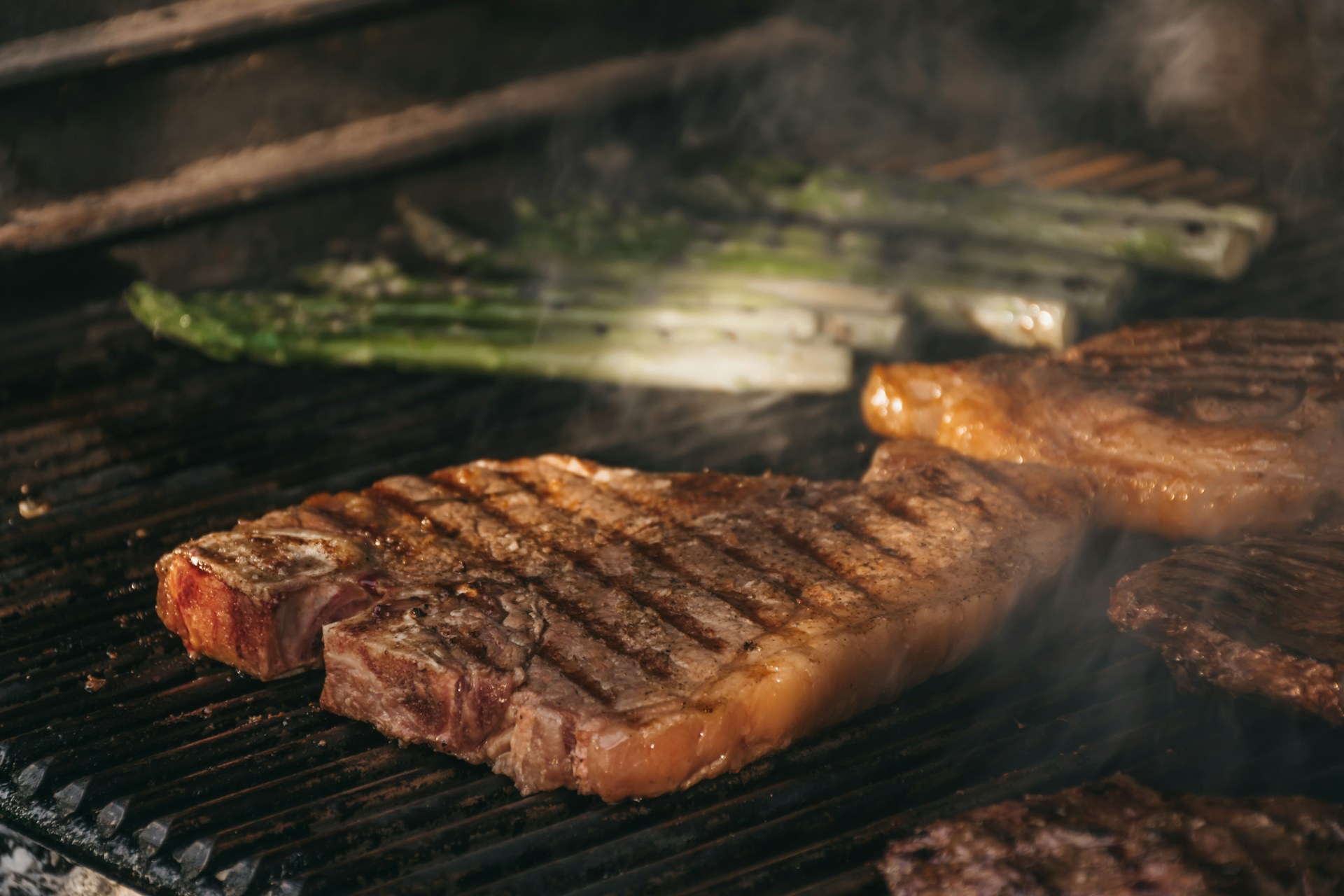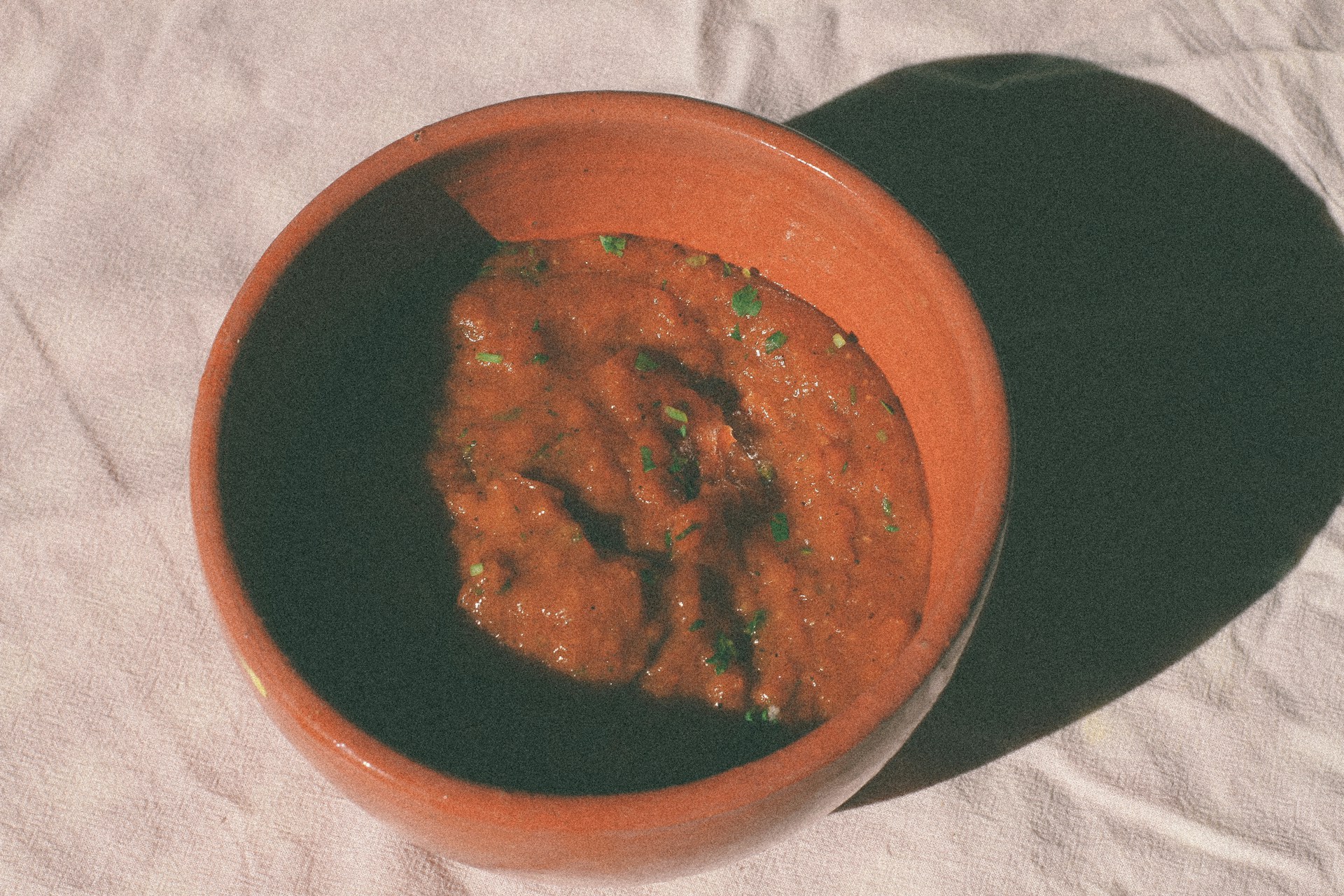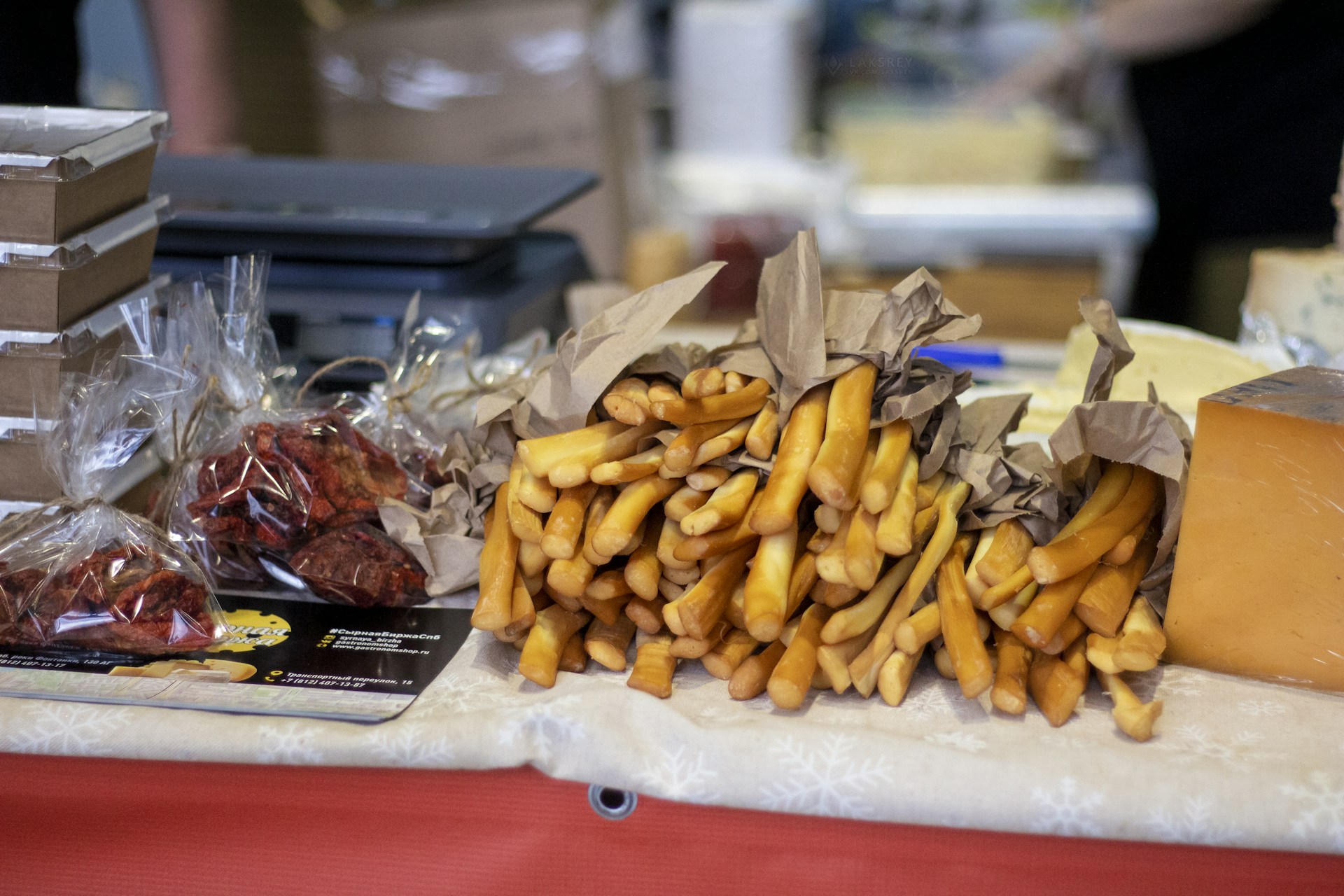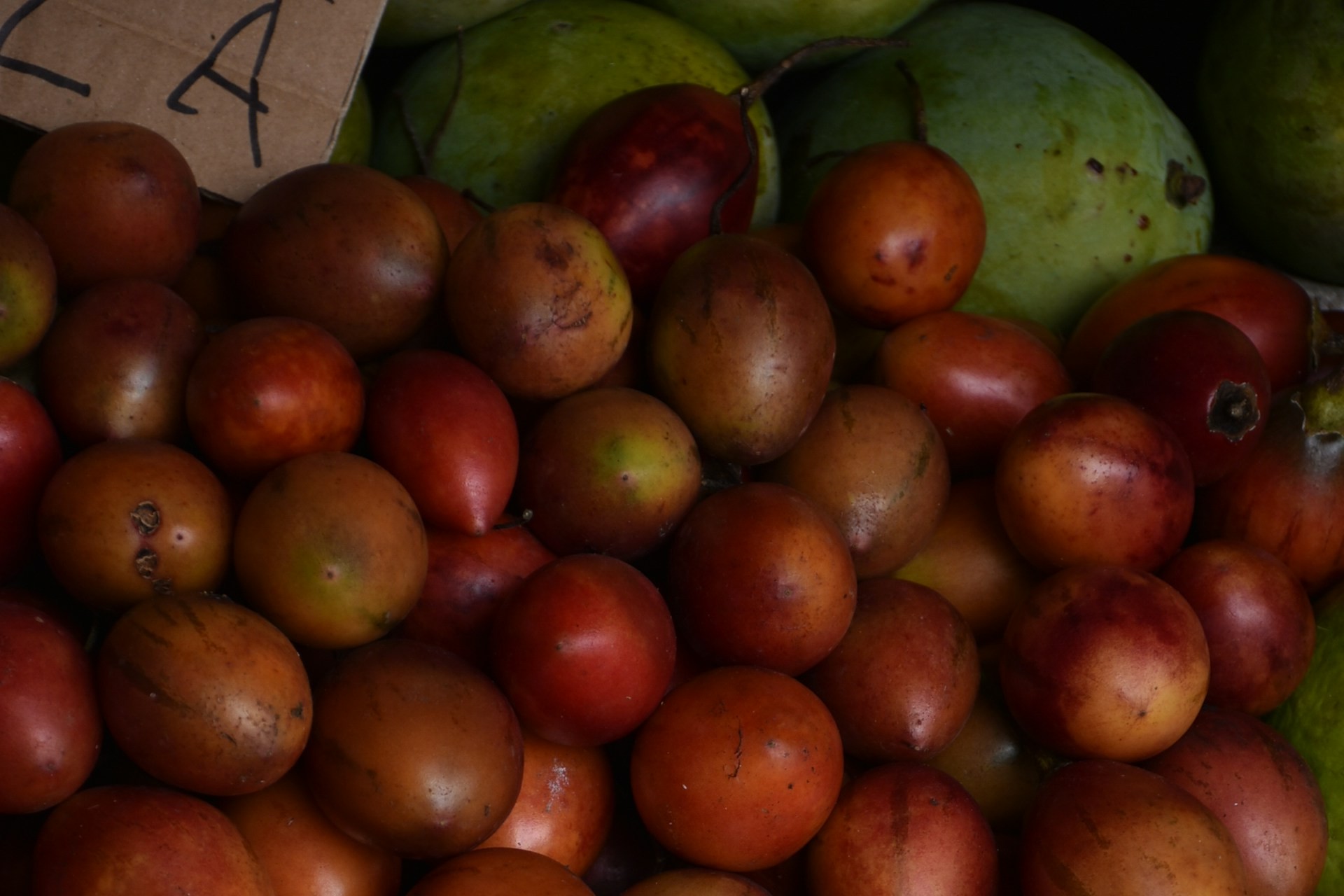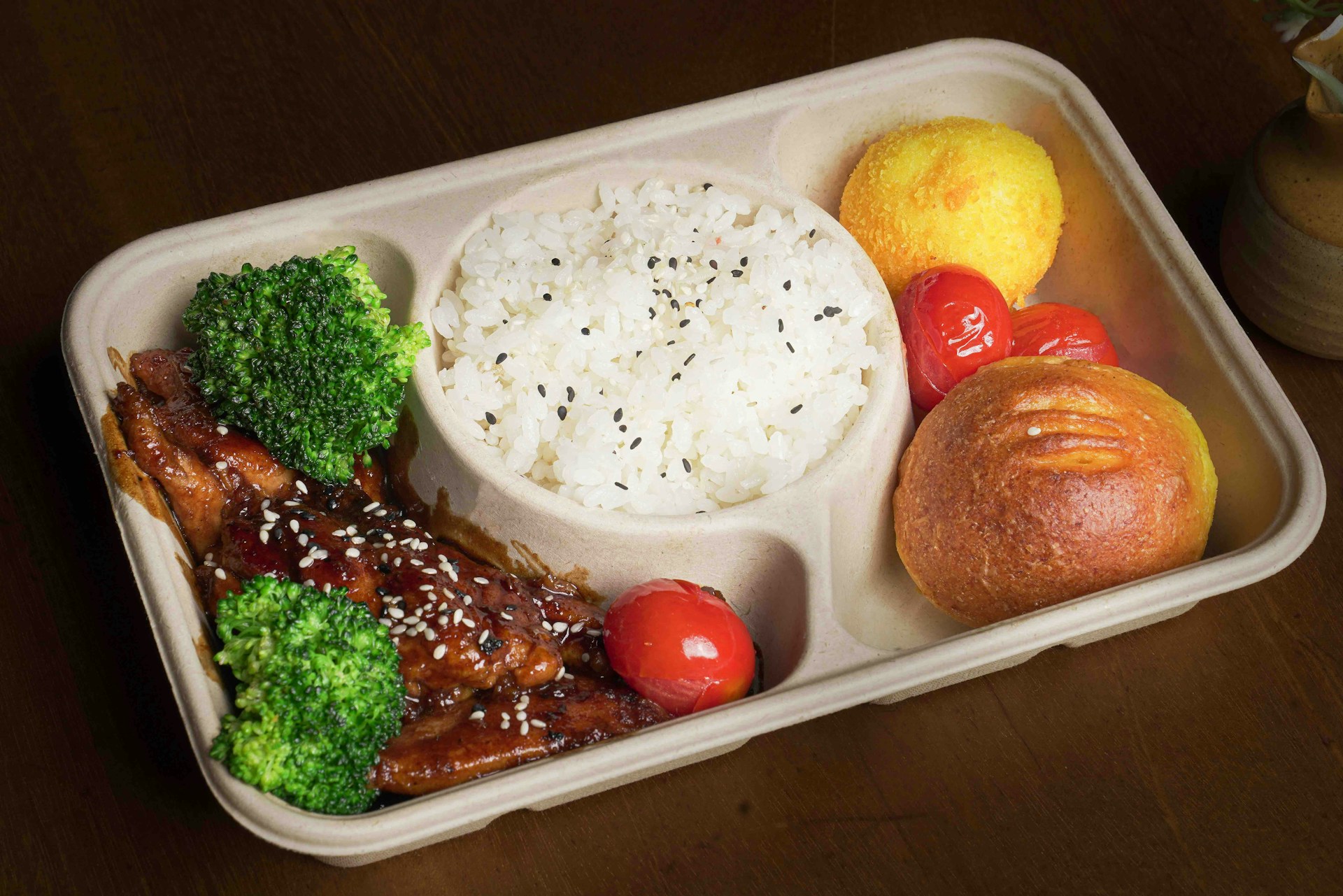Hubungan Perilaku Diet Dengan Massa Lemak Tubuh Pada Remaja Putri Di SMA Negeri 5 Surabaya
Downloads
Background: The fat body mass can be increased especially in adolescent girl. When fat body mass increased it can affect the nutritional status and body image. If someone wants to have the ideal body imaged, they can try to do diet to decreased fat body mass.
Objectives: This study aimed to analyze a relationship of dieting behavior with fat body mass at SMA Negeri 5 Surabaya.
Methods: The design of the study was cross sectional involving 76 selected samples in the simple random sampling. The aimed of measuring body height, weight and body fat mass for scoring the nutritional status and percentage of fat body mass. Some characteristic of the respondents were age, amount of pocket money, physical activity and nutritional status. The data were analyzed by using Chi-Square correlation test with p<0.05.
Results: The averaged of respondents age was 16 years old, most of all the amounted of pocket money from the respondents approximately IDR 25,000-75,000 (35.5%). The category of physical activity was mild (42.1%), and the nutritional status of respondents was normal (61.3%). Some of the respondents was doing a healthy diet (61.8%) with averaged score was 39.8. The averaged of body fat mass from the respondents was 25.24%. The result showing there was no relationship between diet behavior with fat body mass in girl adolescent (p>0.060).
Conclusions: Diet behavior was not founded to be related to the fat body mass in female adolescent. Therefore the students needed to get more information about dieting behavior and fat body mass to prevented more nutritional problems.
ABSTRAK
Latar Belakang: Peningkatan massa lemak tubuh biasa dialami oleh remaja putri. Massa lemak tubuh yang berlebih akan berdampak pada status gizi serta bentuk tubuh. Diet merupakan salah satu cara untuk menurunkan massa lemak tubuh tersebut agar bentuk tubuh menjadi ideal.
Tujuan:menganalisis hubungan antara perilaku diet dengan massa lemak tubuh remaja putri di SMA Negeri 5 Surabaya.
Metode: Penelitian ini menggunakan desain studi cross sectional dan melibatkan 76 responden yang dipilih secara simple random sampling. Data dikumpulkan dengan melakukan pengukuran berat badan dan tinggi badan untuk menilai status gizi serta pengukuran persentase massa lemak tubuh menggunakan BIA (Bioelectrical Impedance Analysis). Wawancara dan pengisian kuesioner untuk mengetahui karakteristik dan perilaku diet responden. Teknik analisis data yang digunakan adalah uji korelasi chi-square dengan p<0,05.
Hasil: rata-rata usia subyek 15,93±0,64 tahun dengan rerata besar uang saku harian sebesar Rp 22.474±12.62i, Aktivitas fisik tingkat ringan sebanyak 42,1% siswi, dan status gizi responden berdasarkan IMT/U didominasi oleh kategori normal sebanyak 80,3%. Sebagian besar responden menjalankan diet sehat sebanyak 61,8% dengan rata-rata nilai sebesar 39,8.Sebanyak 31,6% subyek dengan kategori massa lebih lebihHasil analisis menunjukkan tidak adanya hubungan antara perilaku diet dengan persen lemak tubuh remaja putri (p>0,06).
Kesimpulan: Perilaku diet tidak memiliki hubungan yang bermakna dengan massa lemak tubuh remaja putri. Diperlukan penelitian lebih lanjut untuk menganalisis faktor lain yang berhubungan dengan perilaku diet dan massa lemak tubuh pada remaja putri.
Krori, S. D. Developmental Psychology. Homeopath. J. 4, (2011).
Santrock, J. W. Adolescence: Perkembangan Remaja. (Erlangga, 2003).
World Health Organization. Strategic Action Plan to reduce the double burden of in the. (2016).
Carroll, M. D., Navaneelan, T., Bryan, S. & Ogden, C. L. Prevalence Of Obesity Among Children And Adolescents In The United States And Canada. NCHS Data Brief (2015).
Badan Penelitian Dan Pengembangan Kesehatan Kementerian Kesehatan RI. RISET KESEHATAN DASAR RISKESDAS 2010. (2010).
Badan Penelitian Dan Pengembangan Kesehatan Kementerian Kesehatan RI. Hasil Riskesdas 2013.
Dinas Kesehatan Provinsi Jawa Timur. Profil Kesehatan Jawa Timur. Surabaya. (2016).
Widianti, N. HUBUNGAN ANTARA BODY IMAGE DAN PERILAKU MAKAN DENGAN STATUS GIZI REMAJA PUTRI DI SMA THERESIANA SEMARANG. (Diponegoro University, 2012).
Mendes, V., Araújo, J., Lopes, C. & Ramos, E. Determinants of Weight Loss Dieting Among Adolescents: A Longitudinal Analysis. J. Adolesc. Heal. 54, 360–363 (2014).
Haynos, A. F., Field, A. E., Wilfley, D. E. & Tanofsky-Kraff, M. A novel classification paradigm for understanding the positive and negative outcomes associated with dieting. Int. J. Eat. Disord. 48, 362–366 (2015).
Murray, R. K., Granner, D. K. & Rodwell, V. W. Biokimia Harper. in (EGC, 2009).
Mani, B. K. & Zigman, J. M. Ghrelin as a Survival Hormone. Trends in Endocrinology and Metabolism vol. 28 843–854 (2017).
Kemenkes. Standar Antropometri Penilaian Status Gizi Anak. (2010).
Sundari, V. Hubungan Antara Rasa Percaya Diri Dengan Perilaku Diet Pada Remaja Putri. (Universitas Muhammadiyah Malang, 2012).
Ducharne, J. & Forest, M. Normal Pubertal Development. in Pediatric Endocrinology 372–386 (1993).
Schmidt, S. C., Bosy-Westphal, A., Niessner, C. & Woll, A. Representative body composition percentiles from bioelectrical impedance analyses among children and adolescents. The MoMo study. Clin. Nutr. (2018) doi:10.1016/J.CLNU.2018.11.026.
Aini, S. N. Faktor Risiko Yang Berhubungan Dengan Kejadian Status Gizi Lebuh Pada Remaja Di Perkotaan. Unnes Journal of Public Health vol. 2 http://journal.unnes.ac.id/sju/index.php/ujph (2013).
Oktaviani, W. D., Saraswati, L. D. & Rahfiludin, M. Z. HUBUNGAN KEBIASAAN KONSUMSI FAST FOOD, AKTIVITAS FISIK, POLA KONSUMSI, KARAKTERISTIK REMAJA DAN ORANG TUA DENGAN INDEKS MASSA TUBUH (IMT) (Studi Kasus pada Siswa SMA Negeri 9 Semarang Tahun 2012). Undip E-Journal 1, 542–553 (2012).
Hafid, F., Cahyani, Y. & Ansar, A. AKTIVITAS FISIK, KONSUMSI MAKANAN CEPAT SAJI DAN KOMPOSISI LEMAK TUBUH REMAJA SMA KARUNA DIPA PALU . Promot. J. Kesehat. Masy. 8, (2018).
Stang, J. & Story, M. Guidelines for Adolescent Nutrition Services. in (2005).
Nuttall, F. Q. Body mass index: Obesity, BMI, and health: A critical review. Nutr. Today 50, 117–128 (2015).
Widyastuti, R. A. & Rosidi, A. Indeks Massa Tubuh Menurut Umur sebagai Indikator Persen Lemak Tubuh pada Remaja. J. Gizi 32–39 (2017).
Chaenurisah, L., Syamsianah, A. & Su, Y. N. Perbedaan Penurunan Berat Badan Berdasarkan Ketaatan Pelaku Diet Kombinasi Makanan Serasi (Food Combining) di Komunitas ‘Qita Sehat Dengan Fc' di Kota Semarang.
Rahmadani, P. A. . HUBUNGAN CITRA TUBUH TERHADAP PERILAKU DIET PADA REMAJA PUTRI. (STIKES Insan Cendekia Media Jombang, 2017).
Alhamdan, B. A. et al. Alternate-day versus daily energy restriction diets: which is more effective for weight loss? A systematic review and meta-analysis. Obes. Sci. Pract. 2, 293–302 (2016).
Harris, L. et al. Intermittent fasting interventions for treatment of overweight and obesity in adults: a systematic review and meta-analysis. Jbi Database Syst. Rev. Implement. Reports 16, 507–547 (2018).
Yannakoulia, M., Poulimeneas, D., Mamalaki, E. & Anastasiou, C. A. Dietary modifications for weight loss and weight loss maintenance. Metab. - Clin. Exp. 92, 153–162 (2019).
Hurst, Y. & Fukuda, H. Effects of changes in eating speed on obesity in patients with diabetes: A secondary analysis of longitudinal health check-up data. BMJ Open 8, (2018).
Widyaningtyas, S. . HUBUNGAN USIA MENARCHE DENGAN OBESITAS PADA REMAJA PUTRI DI SMA THERESIANA 1 SEMARANG. (Diponegoro University, 2012).
Batubara, J. R. Adolescent Development (Perkembangan Remaja). Sari Pediatr. 12, (2010).
Adriani, M. & Wirjatmadi, B. Zat Gizi Yang Berkaitan Dengan Obesitas. in Pengantar Gizi Masyarakat (Kencana Prenada Media Grup, 2012).
Pratama, Y. Hubungan Antara Indeks Massa Tubuh (IMT) Dengan Perilaku Diet Remaja Putri. (Muhammadiyah University Malang, 2012).
Kerksick, C. M. et al. Changes in weight loss, body composition and cardiovascular disease risk after altering macronutrient distributions during a regular exercise program in obese women. Nutr. J. 9, (2010).
Morenga, L. Te & Montez, J. M. Health effects of saturated and trans-fatty acid intake in children and adolescents: Systematic review and meta-analysis. PLoS ONE vol. 12 (2017).
AMERTA NUTR by Unair is licensed under a Creative Commons Attribution-ShareAlike 4.0 International License.
1. The journal allows the author to hold the copyright of the article without restrictions.
2. The journal allows the author(s) to retain publishing rights without restrictions
3. The legal formal aspect of journal publication accessibility refers to Creative Commons Attribution Share-Alike (CC BY-SA).
4. The Creative Commons Attribution Share-Alike (CC BY-SA) license allows re-distribution and re-use of a licensed work on the conditions that the creator is appropriately credited and that any derivative work is made available under "the same, similar or a compatible license”. Other than the conditions mentioned above, the editorial board is not responsible for copyright violation.







































